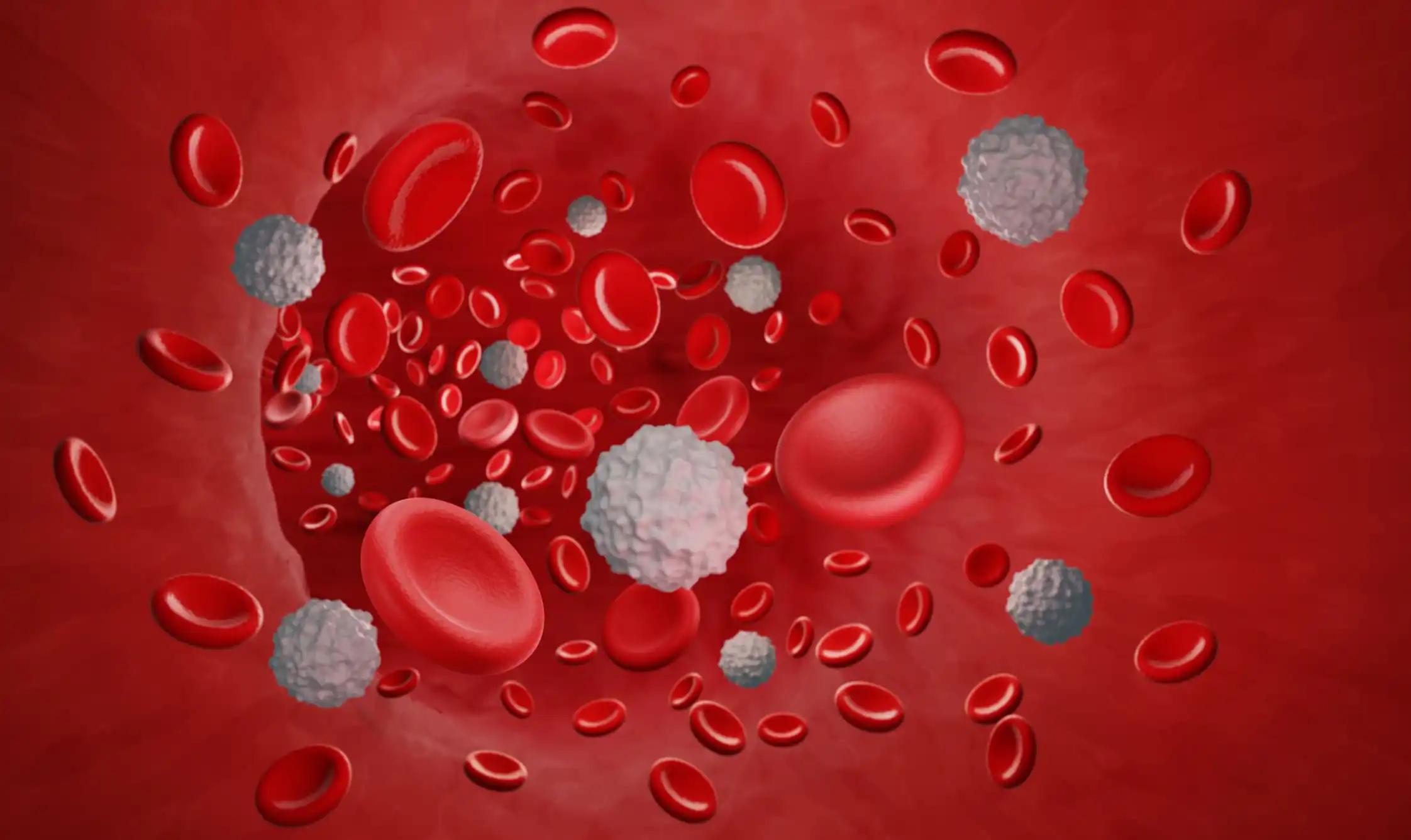KEY TAKEAWAYS
- The phase 2 trial aimed to investigate the underlying mechanisms of resistance to VEN/DEC in AML.
- Researchers noticed enhanced energy metabolism in AML cells and proposed the VEN/DEC combination as a promising novel strategy.
To address the challenges of refractory cases in patients (pts) with acute myeloid leukemia (AML) undergoing frontline therapy with venetoclax (VEN) and decitabine (DEC), a study conducted transcriptomic and DNA methylation analyses on pre- and post-treatment samples from participants in the DEC10-VEN. Notably, non-responders exhibited a substantial increase in the expression of PPARG (Peroxisome Proliferator-Activated Receptor γ) and ASS1(Argininosuccinate Synthase, coding rate-limiting enzyme in the arginine biosynthesis), key regulators of fatty acid metabolism and arginine biosynthesis, respectively, following VEN/DEC treatment, accompanied by demethylation at their transcription start sites.
Tatsuro Watanabe and his team aimed to assess the underlying molecular mechanisms contributing to resistance in AML pts receiving VEN/DEC therapy.
They performed an inclusive analysis using single-cell ATAC-seq to delineate accessible chromatin changes associated with resistance to venetoclax (VEN) and decitabine (DEC). Bone marrow (BM) samples from a patient achieving complete remission with incomplete count recovery and subsequent relapsed (pre- and post- VEN/DEC treatment), along with 2 healthy control BM samples, were subjected to sequencing.
A total of 23,803 cells underwent sequencing, and read alignment, as well as initial data processing, were executed using Cell Ranger (version 7.0.1; 10x Genomics). Subsequently, Uniform Manifold Approximation and Projection (UMAP) clustering, aided by the Azimuth application, identified leukemia-associated clusters.
Within the leukemia-associated cell cluster, a notable enrichment of PPARG motifs in accessible chromatin was observed. Following VEN/DEC treatment, a discernible escalation in the relative abundance of PPARG motifs occurred. Additionally, heightened chromatin accessibility for the genes CXCR4 and CDC42EP4, both possessing RRARG accessible motifs, was evident post-treatment.
Following the investigation into the role and mechanism of PPARG in VEN/DEC resistance, using 4 AML cell lines with varying DEC sensitivity, PPARG expression increased post-DEC treatment in less sensitive cells (HL-60 and MV4-11) while remaining unchanged in more sensitive cells (OCI-AML3 and THP-1). To validate the association of PPARG upregulation with VEN/DEC resistance, PPARG overexpression was induced in HL-60 and MV4-11 cells via a lentiviral system.
In PPARG-overexpressing cells, VEN/DEC-induced cell growth inhibition and apoptosis significantly reduced compared to mock-transfected cells (PPARG-OE vs. mock; cell growth inhibition: HL-60, 30% vs. 54%; MV4-11, 33% vs. 56%; apoptosis induction: HL-60, 14% vs. 38%, MV4-11, 25% vs. 36%; p < 0.05). Further exploration into the impact of PPARG overexpression on energy metabolism revealed that VEN/DEC treatment reduced reserve respiratory capacity by 32% in mock cells, while VEN/DEC therapy was associated with an increase of 37% in PPARG-OE cells (p < 0.05).
ASS1, as another potential target associated with metabolic alterations in VEN/DEC-resistant AML, arginine deprivation was examined by combining the arginine-degrading enzyme pegylated arginine deiminase (ADI-PEG 20) with VEN/DEC. Using HL-60 cells with low baseline ASS1 expression and MV4-11 cells with high ASS1 expression, it was observed that HL-60 was more sensitive to ADI-PEG 20 (IC50: HL-60, 20 ng/mL; MV4-11, 100 ng/ml). However, no further increase in cell growth inhibition by ADI-PEG 20 was observed in combination with VEN/DEC in HL-60, while in MV4-11, ADI-PEG 20 significantly facilitated cell growth inhibition by VEN/DEC (increased VEN/DEC growth inhibition by ADI: HL60, 7%; MV4-11, 57%, p < 0.05).
The study concluded that VEN/DEC treatment induced heightened energy metabolism in AML cells, evidenced by increased expression of PPARG and ASS1. This metabolic shift may contribute to therapeutic resistance. The investigation also suggested that a combination therapy involving VEN/DEC and ADI-PEG 20 could emerge as a promising and novel therapeutic strategy for overcoming resistance in AML cells.
The study is sponsored by M.D. Anderson Cancer Center
Source: https://ash.confex.com/ash/2023/webprogram/Paper178554.html
Clinical Trial: https://clinicaltrials.gov/study/NCT03404193
Yamatani K, Watanabe T, Saito K, et al. (2023). “PPARG and ASS1: Targets of Metabolic Alteration in Venetoclax / Decitabine Resistant Acute Myeloid Leukemia.” Presented at ASH 2023 (Abstract 4162).



